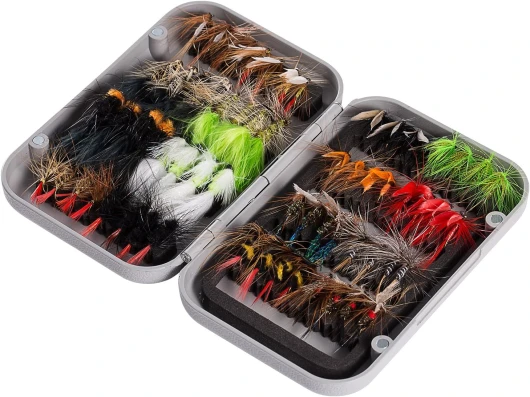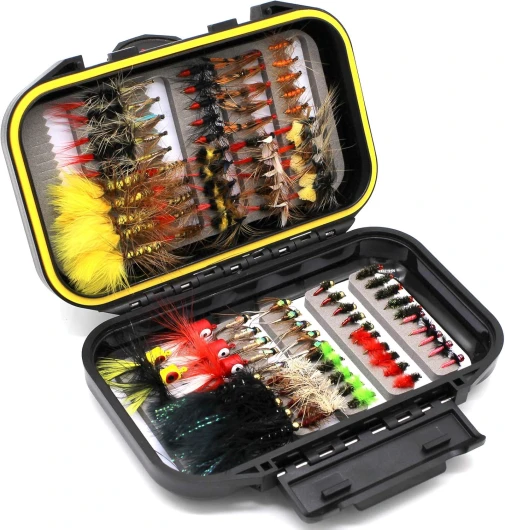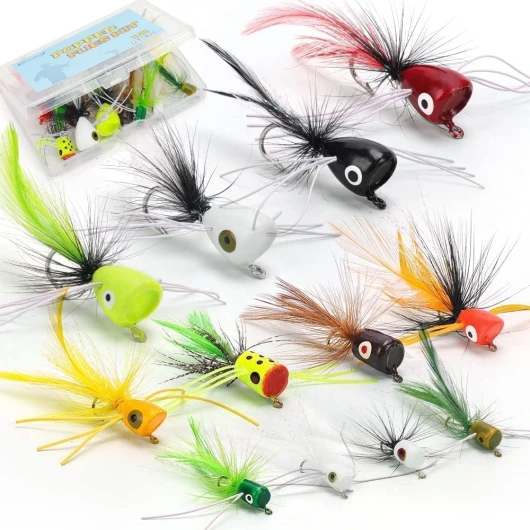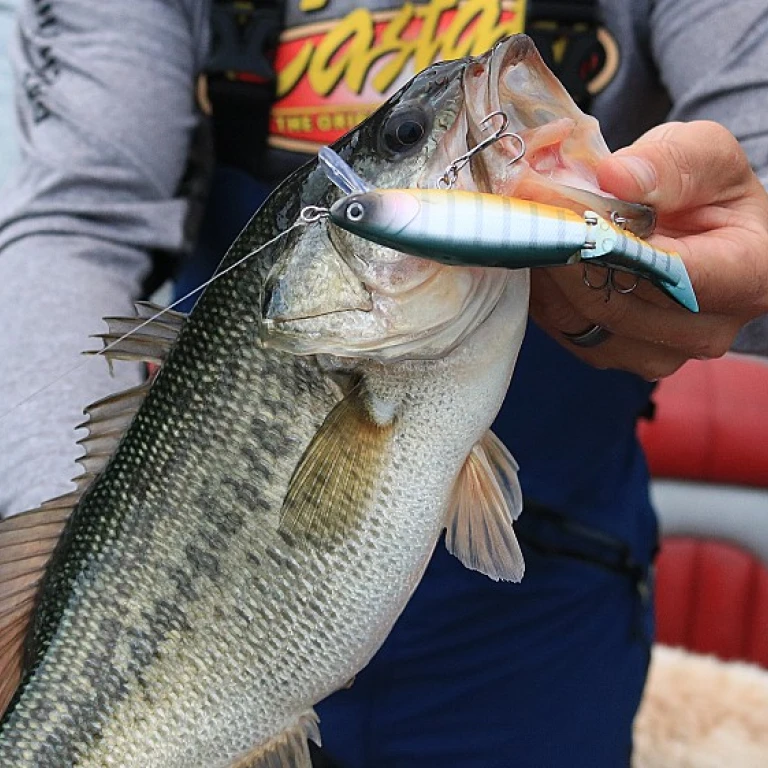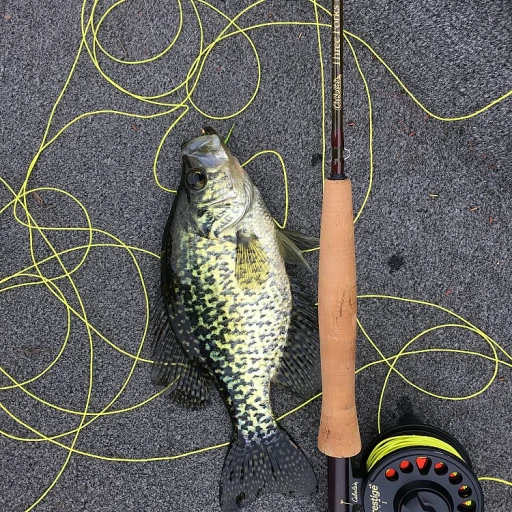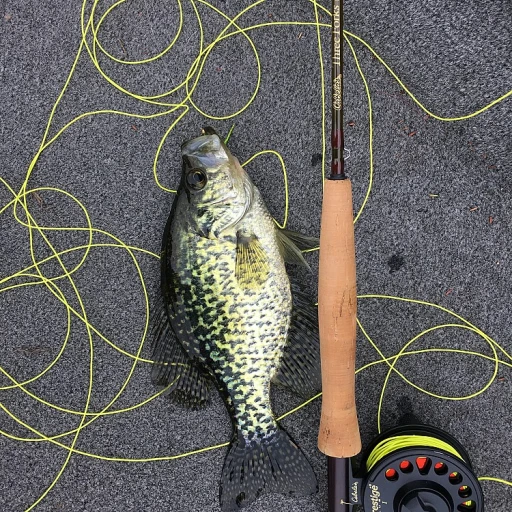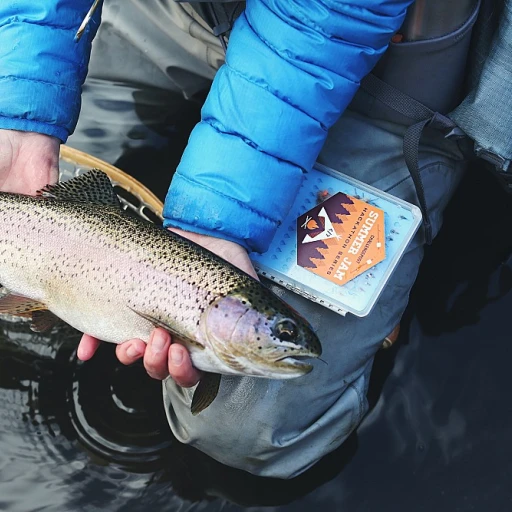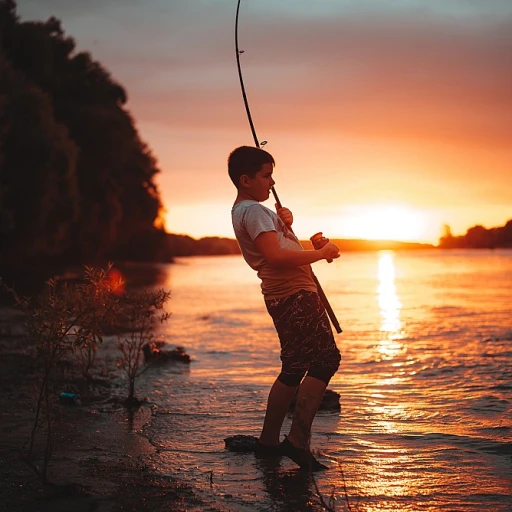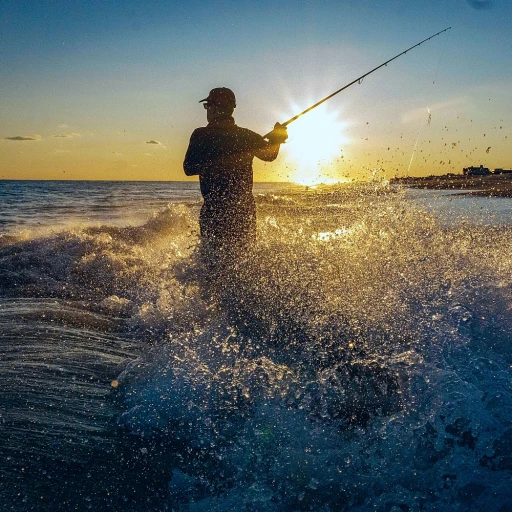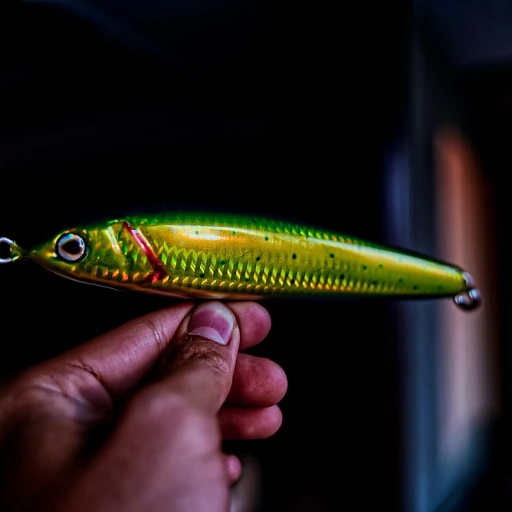
Understanding Smallmouth Bass Behavior
Behavior Patterns of Smallmouth Bass
When embarking on a fly fishing trip for smallmouth bass, understanding their behavior is key to a successful outing. These fish are known for their aggressive nature and willingness to chase down well-presented flies. Unlike their largemouth relatives, smallmouth bass tend to seek out cooler, clearer waters. You'll often find them in swift-moving rivers, small streams, and rocky shorelines. Smallmouth bass are surface-oriented feeders, especially during the warmer months. This makes topwater fly fishing particularly effective during this period, utilizing bugs like the grim reaper or a bug popper to entice strikes. In contrast, when the temperatures drop, these bass will retreat to deeper water. Their diet varies depending on the time of year and available food sources. Smallmouths primarily feast on minnows, crayfish, and insects. This adaptability is why versatile fly patterns are essential in your repertoire.Recognizing Feeding Times and Locations
Although smallmouth bass can be active throughout the day, they are most aggressive during low-light conditions, such as early morning or late afternoon. During these times, the fish are more likely to venture to the surface, making it the best opportunity for topwater flies. However, during the heat of the day, they might go into deeper pockets. Identifying prime smallmouth habitats often involves looking for structure. Rocks, submerged logs, and drop-offs are excellent locations for these bass to ambush prey. Recognizing these structures in your fishing spot will optimize your efforts, allowing for better positioning and presentation of your flies. For those interested in fly fishing in saltwater settings, exploring the right fly rod for saltwater adventures can further enhance your fishing gear arsenal. By comprehending the smallmouth's behavior and environment, anglers can increase their chances of a successful and rewarding fishing experience.Essential Fly Patterns for Smallmouth Bass
Explore Must-Have Fly Patterns for Targeting Smallmouth Bass
Diving deep into the world of smallmouth bass fishing reveals a wide array of fly patterns that are indispensable for any angler. Each type of fly is meticulously designed to mimic the smallmouth's natural prey and provoke aggressive strikes. Here, we'll focus on some of the best smallmouth bass flies that have proven successful on various water surfaces, from the surface to the bottom.
Consider the Woolly Bugger, a versatile and enduring fly that has cemented its reputation in the angling world. Its adaptability in imitating baitfish, crayfish, and leeches makes it a go-to choice. Meanwhile, the Clouser Minnow is outstanding for its ability to mimic a fleeing baitfish, drawing in aggressive bites from bass lurking in deeper waters.
For topwater flies, the Bug Popper steals the limelight. Its movement on the water's surface creates an enticing action that smallmouths find hard to resist, especially during low-light conditions at dawn or dusk. If you're fishing in small streams, the Grim Reaper presents a compact profile, making it ideal for navigating tighter areas and enticing those elusive bass.
It's vital to tailor your fly selection based on your environment and the specific conditions you encounter. For further insights on how fly fishing contrasts with traditional methods, you might find this resource helpful as you refine your approach.
Choosing the Right Fly for Different Water Conditions
Adapting Flies to Match the Water Environment
Selecting the right fly for different water conditions can significantly impact your success rate in catching smallmouth bass. Whether you're navigating a small stream or deep waters, understanding how your choice of fly interacts with the environment is crucial. Opt for surface or topwater flies, like the bug popper, during calm conditions when smallmouth bass are more likely to strike at the surface. Popper flies create a surface disturbance that triggers the predatory instincts in the bass, leading to more aggressive action. However, if you're fishing deeper waters or under overcast conditions, switching to a woolly bugger or grim reaper fly pattern can be more effective. These options work well closer to the bottom, enticing smallmouth bass with their lifelike movement. The type of water you're fishing in should also guide your choice. For small streams where fish might be more cautious, subtlety in your fly selection can be beneficial. Transitioning to smaller flies helps mimic the natural food sources that attract smallmouth bass without alarming them. For the best experience, equip yourself with appropriate fly lines for the corresponding water conditions. Saltwater leaders and bass flies might be needed for specific environments where regular fly lines would not suffice. Remember that perfecting these combinations can lead to not just better catches but also enhance your overall fishing action. And as you refine your technique, consider boosting your boat stability during your fishing trips with innovative boat fender clips. These enhancements will ensure that your focus remains on landing the perfect smallmouth catch.Techniques for Presenting Flies to Smallmouth Bass
Mastering the Art of Fly Presentation
Taking the time to present your fly to smallmouth bass in the most effective way can make all the difference in your fishing success. Smallmouth bass are known for their varied and opportunistic feeding habits, and adapting your technique to match these can lead to excellent results. Consider starting with a popper on the surface. The action of a popper fly skittering across the water can provoke aggressive strikes from bass lurking beneath. Using a steady retrieve with occasional twitches imitates the erratic movement of small prey in distress. For subsurface action, a woolly bugger or a grim reaper can be particularly enticing. These flies mimic a range of underwater creatures that smallmouths often hunt. A slow, consistent strip of the fly can simulate the movement of a small fish or crayfish, tempting the bass to strike. In deeper waters or fast-moving small streams, adjusting your presentation is crucial. Weighted fly lines or attaching small weights near your fly can help get your fly to the bottom where bass might be hiding. This technique is particularly effective during the hotter parts of the day when smallmouth like to stay cool. Remember to adjust your techniques based on the environment. In small streams, using shorter casts and focusing on accuracy will yield better results, while in larger bodies of water, longer casts and varied retrieval speeds might be necessary. By tailoring your fly presentation to the conditions and behaviors of smallmouth bass, your fishing experience will be more rewarding. Developing an understanding of these techniques is key to improving your fly fishing prowess.Gear Recommendations for Smallmouth Bass Fly Fishing
Essential Gear for Successful Smallmouth Bass Fly Fishing
In fly fishing for smallmouth bass, possessing the appropriate gear can significantly elevate your fishing experience and boost your chances of success. Here’s a breakdown of fundamental gear components that can help you create the best action and entice more fish.- Fly Rods: Your choice of fly rod can make a noticeable difference when targeting smallmouth bass. A 6 to 8-weight rod offers the right balance of power and subtlety, allowing you to cast larger flies and handle the fight of a feisty smallmouth effectively.
- Fly Lines: Selecting the proper fly line is crucial for presenting flies both on the surface and along the bottom. Consider using weight-forward floating lines for topwater action, while intermediate sinking lines can be beneficial for deeper presentations in regular water conditions.
- Leaders: For optimal bass fishing, a stout leader is essential. While regular trout leaders may work, bass-specific leaders or saltwater leaders offer the toughness needed to withstand the vigorous fight and abrasive environments where smallmouths often reside.
- Reels: Although smallmouth bass are not known for stripping line like saltwater species, a reliable drag system can be helpful when fighting larger fish. Reels with a solid, smooth drag will ensure you maintain control during those energetic runs.
- Flies: Having a well-stocked assortment of bass flies is a must. Patterns like woolly buggers, grim reapers, and bug poppers can attract attention. Tying your own flies using durable materials may provide an economical advantage and customization options for those who want the best fly patterns.
Tips for Tying Your Own Smallmouth Bass Flies
Crafting Your Own Smallmouth Bass Flies with Precision
Creating your own flies for smallmouth bass fishing can elevate your experience, giving you a unique edge on the water. Tying flies not only offers a sense of accomplishment but also allows for customization suited specifically to the behaviors of smallmouth bass.- Selecting Materials: The initial step in tying flies is choosing the right materials. The quality and type of materials used can influence the action of the fly on both the surface and bottom. For bass, consider incorporating flashy fibers and durable hooks that can withstand aggressive hits.
- Understanding Fly Patterns: Familiarizing yourself with effective bass fly patterns is crucial. The woolly bugger and grim reaper are renowned patterns worth replicating. They work well in a variety of water conditions and are known for their enticing movement.
- Emulating Successful Flies: Reflect on the best smallmouth flies from your own experiences or insights gathered from seasoned anglers. Incorporating elements from proven designs like the bug popper or topwater flies can significantly increase your success rate.
- Precision and Consistency: Consistency in tying ensures that each fly maintains a regular profile which is essential, especially when targeting fish in small streams. Practicing tying techniques repeatedly helps achieve that desired uniformity and effectiveness.
- Cost Efficiency: While the upfront price for materials may seem higher, tying your own flies can be cost-effective in the long run. It beats purchasing bass flies at sale price from a fly shop every season, offering customizable, tailor-fit options that can match any rise in your fishing opportunities.


